Similar to heating, there are a number of cooling systems available for when you are designing and / or specifying your custom new home. Selecting cooling can be confusing given the cooling options now available to consumers and additional features to improve comfort during times of heat.
With Melbourne weather able to reach high temperatures of around 39 degrees Celsius in summer, you’ll want to ensure you take into account the climate when you consider cooling options for your new home.
Types of Cooling Systems to Consider.
Evaporative Cooling
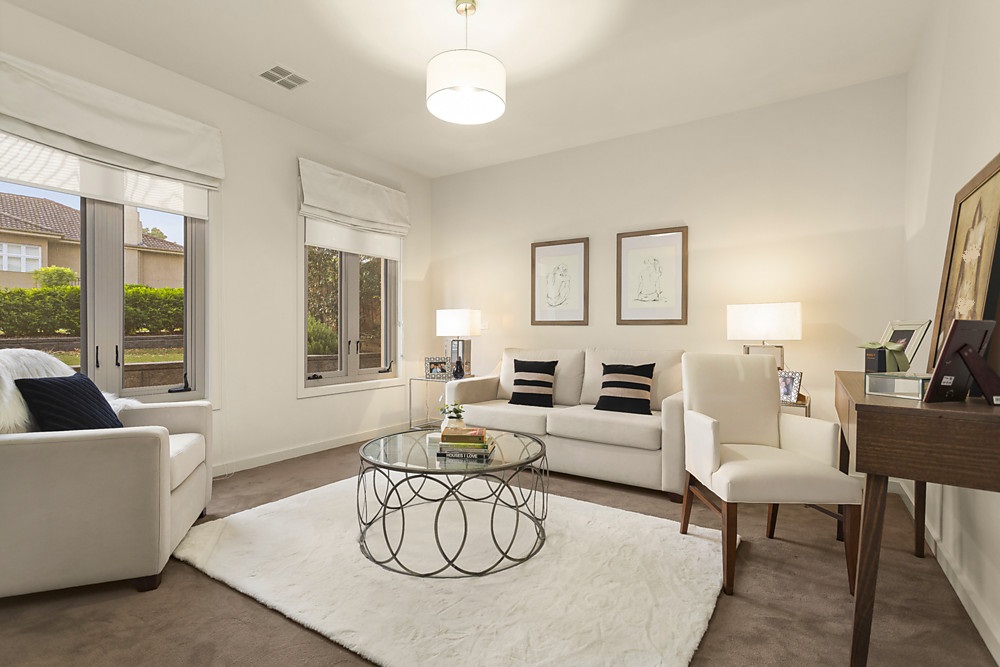
This type of system uses evaporation to cool the air. The unit is usually installed on the roof and the cool air distributed through ducts that are strategically placed throughout your home. Hot air is drawn into the unit and passes through water-soaked pads. Water then evaporates, subsequently absorbing the heat and cooling the air which is fanned out through vents into your home. The hot, stale air is pushed out through open windows and / or doors. Hence, this type of cooling does require you to leave windows or doors open for this purpose.
There are various evaporative cooling options, thermostat options and controls, including colour options for the unit that sits on your roof to integrate with your roof colour.
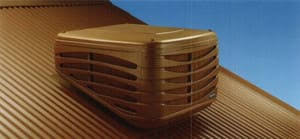
Evaporative cooling is considered to be one of the cheapest cooling systems available and works well in dry environments. This system is not ideal in humid environments and this should be considered for the Melbourne climate where we do often have humid weather.
This type of cooling is sometimes chosen due to being gentle on the skin and eyes and ideal for allergy sufferers as it pumps out fresh, clean air.
Compared to other systems, installation and running costs can be lower. It’s also a ‘whole home’ cooling solution.
Wall-hung Split System Cooling.
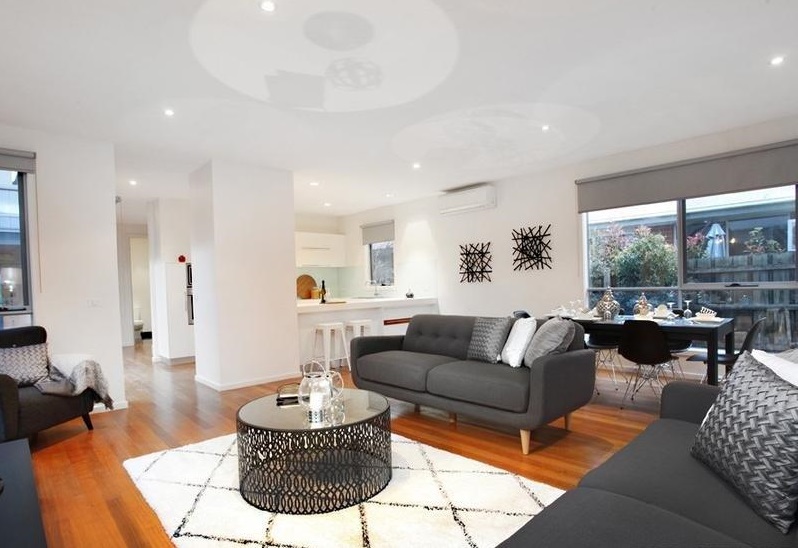
Similar to split system heating, a standard split system cooling unit has an outdoor unit (compressor) linked to an indoor air-outlet unit or if it is a multi-split system unit, it has more than one inside unit linked to one outside unit.

Split systems these days are very quiet and compact and are able to be located away from the internal unit if requested.
Incorporating this type of cooling option into your home design should be considered for small areas or for one room, making it cost efficient.
Add-on Refrigerated Cooling System
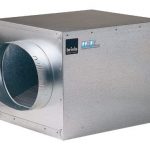
For those of you who often would like to combine your heating with cooling in the one unit, this is referred to as add-on refrigerated cooling and is used with your central heating.
The same duct work is used in conjunction with an outdoor condensing unit installed on your roof or the side of your home which is connected to your existing heating with a coil. This coil distributes cool or warm air depending on your needed application.
This type of cooling is appropriate to cool your entire home and can be zoned if you would like to restrict cooling to certain areas.
Not all gas heating is compatible with add-on refrigerated cooling and a combined heater and cooler option should be discussed in consultation with us when designing and specifying your custom home, if you are considering a combined heating / cooling option for your new home.
What to Consider When Researching Air Conditioners for your New Home
Energy Saving Options
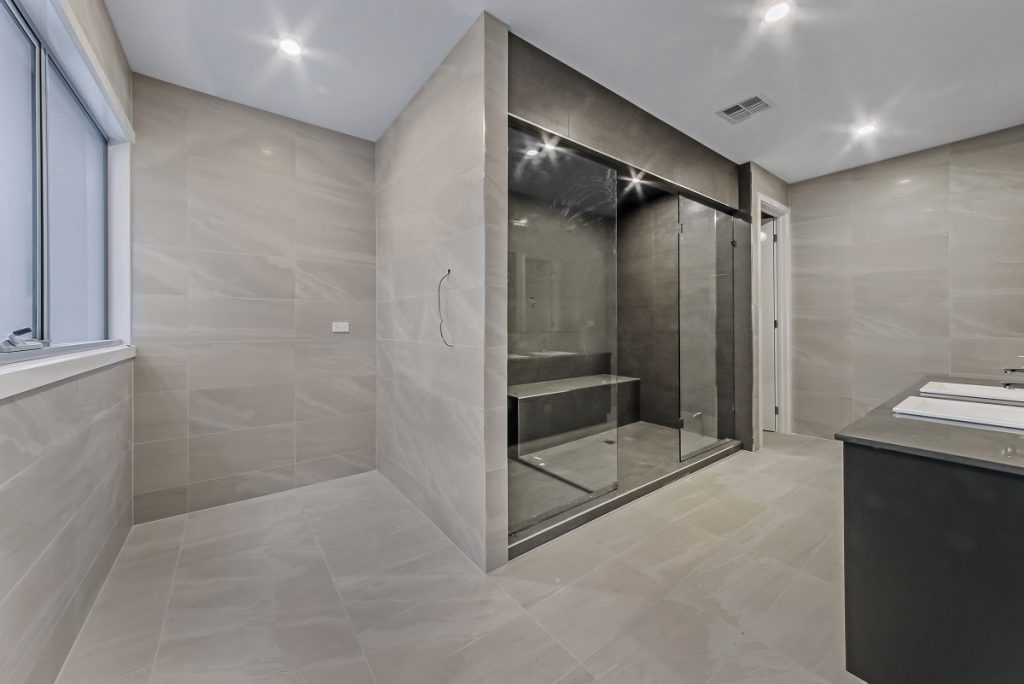
An inverter assists in regulating air flow when your home reaches your set temperature and can achieve large energy savings up to 50%. Fixed-air flow or non-inverters have one speed air flow defined as either ‘on’ or ‘off’.
Using an inverter means less energy fluctuations and efficiencies leading to longevity of parts. Choosing the right size heater and cooler for your home and your choices for zoned air conditioning can assist in saving energy.
Further, garden landscaping choices, building materials and window options also contribute to use of energy in your home.
Space and Layout
The design of your home will be a critical factor in deciding on your cooling system. House size, number and size of rooms, zones and number of storeys require thoughtful consideration. Choosing a cooler that is too powerful will be costly and inefficient and choosing one that is not matched to a larger space will put additional stress on your system due to load and it will also be ineffective.
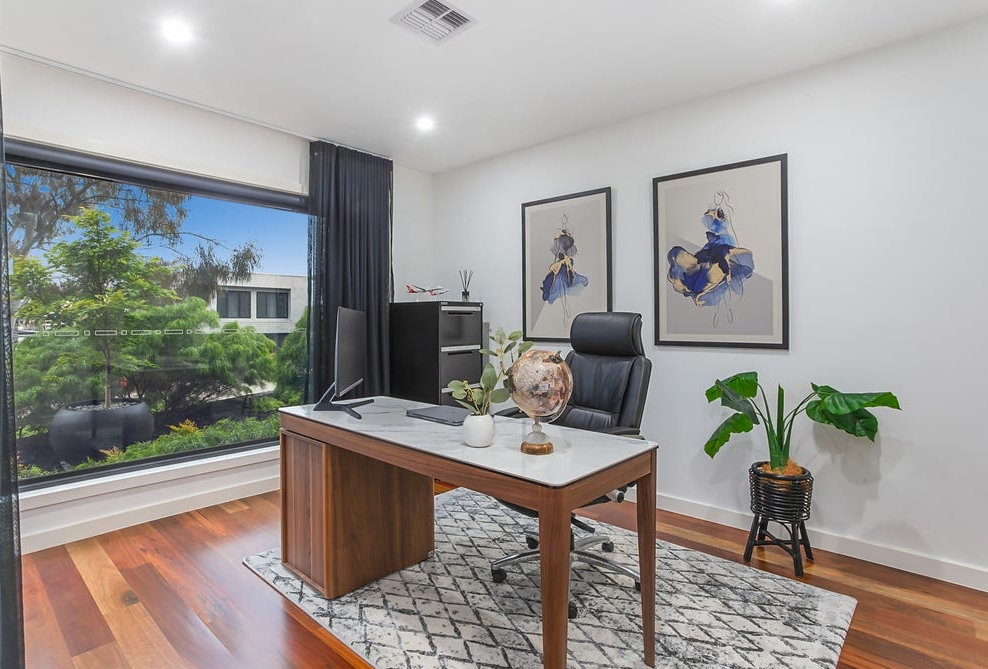
Understanding Zoned Cooling
A zoned system isn’t necessarily more energy efficient and the misunderstanding is in the thinking that you can shut off areas that do not require cooling. It is zoned because the area of the house is larger than the capacity of the cooling system and the system is used to cool the whole home using zoned cooling.
The zoning is used to divert air to specific areas of the home while the unit uses the same amount of energy to run. This is because many systems do not have a variable fan speed option. The system runs at capacity (one speed) and cuts off when the desired temperature is reached on the thermostat. Because there is a central thermostat, the temperature is not controlled at room level. Therefore some rooms can become too hot or cold during summer or winter.
Location of Your Home or Property
The type of weather your property is exposed to and the height or depth of temperatures, are also critical factors in choosing the right cooling system. Evaporative cooling will not be appropriate for areas of high humidity and some cooling systems will not keep your home cool enough when outside temperatures are high.
Cooling System Options
Discuss these options with us when requesting a home building quote.
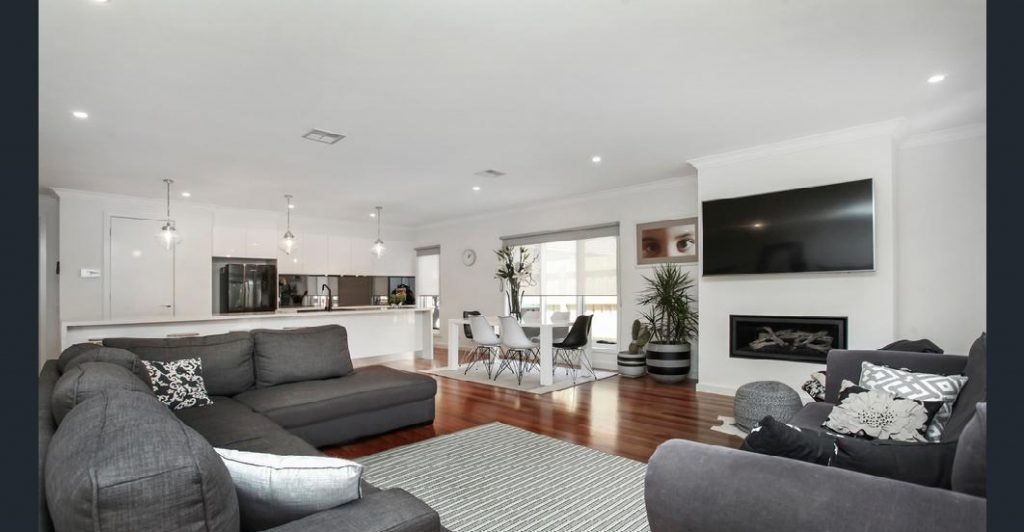
Eco-friendly
With a greater focus of eco-friendly cooling and heating options, the technology for heating and cooling has advanced and other options such as Geothermal heat pumps, solar powered air conditioning and ice battery power are available.
Wifi Control
Some systems provide Wifi control which allows you to control cooling units on the go via an internet connection. You can remotely control your heating and cooling using a phone or other specific device.
Power
Many air conditioners require 3 phase power to run. Your choice of air conditioner during the specification stage and the type of power it uses (1 phase or 3 phase) needs to be communicated to Renmark Homes so it can be installed prior to the foundations being laid for your prestige new home.
Specification
It’s beneficial to let your builder know the type of cooling system you would like, during the quoting phase. Your home design will help determine the type of cooling unit best suited to the application.
Renmark Homes – Custom Designed and Built
Renmark Homes has over 25 years experience building new homes and we provide you with the right information to make informed decisions about your home design and heating and cooling choices. Speak with us today and build it your way with Renmark Homes; your leading custom home builder.
